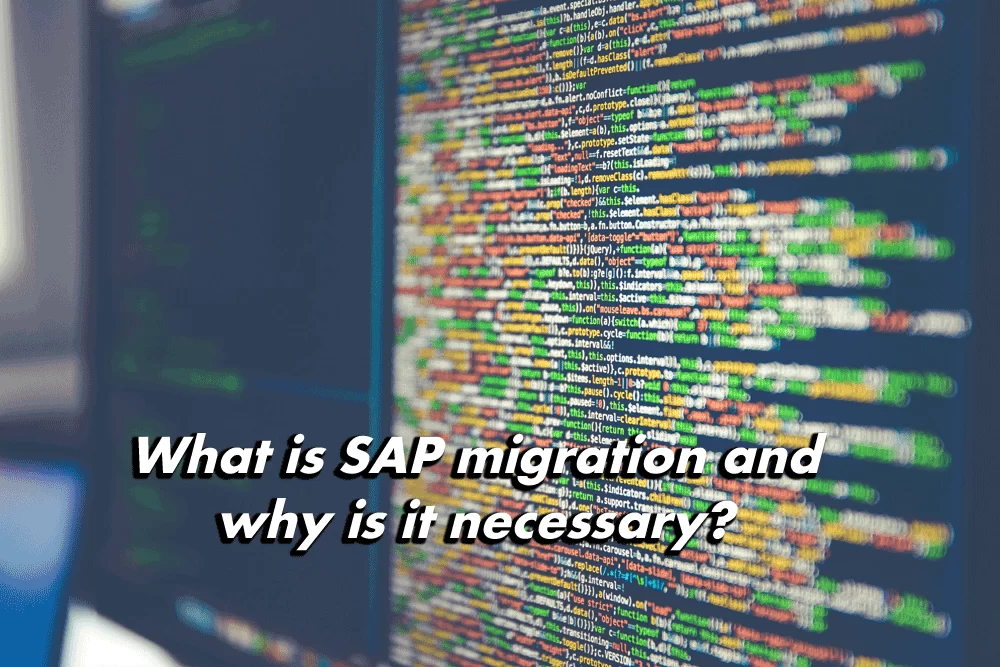SAP migration is the process of moving business data and applications from one SAP system to another. It is necessary for companies that need to upgrade their software or migrate existing systems to a new environment like the cloud, or even from one on-premise system to another.
During this process, businesses need to ensure that all necessary programs, modules, and functions are successfully transferred while taking into consideration compatibility and other environmental changes between the source and destination server.
It can be a time-consuming endeavor because of its complexity and the need for accuracy in handling large amounts of valuable information. However, working with an experienced service provider will make sure the transition is successful, allowing businesses to take advantage of the many benefits that come with upgrading or migrating their SAP system.
The different types of SAP migration
SAP ECC migration to S4 Hana is an important part of managing enterprise data. There are a number of ways to migrate or move data from one system to another. The most common types include custom code, database replication, system replication, and transport container copy.
Each type has its own benefits and drawbacks, but the result is usually the same: your business data is securely transferred from one system to another with minimal disruption. Understanding the various types of SAP migrations can help you choose what best suits your company’s needs.
Taking this step will save time and money in the long run by making sure that the migration process is completed efficiently and effectively.
The steps involved in a successful SAP migration
A successful SAP migration is a carefully thought out process that can be difficult to understand and implement. To ensure a secure, flawless transition there are several key steps that need to be taken.
Firstly, the necessary data needs to be identified and collected for conversion into the new system.
Secondly, compatible hardware must be selected and necessary technical consultants contracted if requested.
Thirdly, an analysis of the existing software environment is required to prevent complications during the switchover.
Fourthly, comprehensive tests must be conducted on all converted data to confirm the accuracy and that user specifications are met. Finally, it’s important to schedule routine maintenance afterward to minimize risks of downtime or data loss in the future. Following these steps will ensure a successful SAP migration that is worry-free and secure for all involved businesses.
Challenges and risks associated with SAP migration
The migration of SAP systems from one platform to another can be incredibly complex and challenging for any organization. It is essential to plan out such a move carefully, as the risks associated with migration should not be underestimated or overlooked.
Mistakes made along the way can lead to costly time delays, data corruption, incompatibility issues, insecure system implementations, and decreased user productivity. It’s therefore best to consult experts before undertaking such a project in order to identify any potential risks beforehand and ensure the easiest transition possible.
How to choose the right partner for your SAP migration project
When it comes to choosing the right SAP Partners in UAE for a migration project, there are a few important factors to consider. Companies should look for organizations with proven experience and industry expertise, who can provide customized solutions that align with their specific business objectives.
Technical certifications and international standards accreditations are also a strong indicators of capability and reliability. Additionally, vendors should offer excellent customer service, open communication throughout the project process, and clear pricing structures. With a diligent investigation into all these criteria, businesses can increase their chance of selecting the most suitable partner for their SAP migration project.

